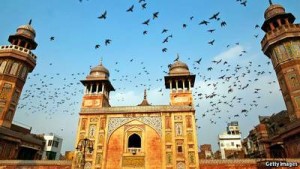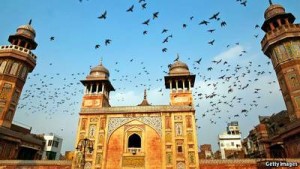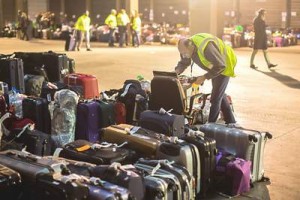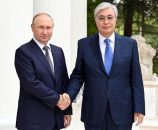Chinese-style modernisation draws perilously close to brilliant 17th-century landmarks
The Economist
 A SLEEK steel ribbon could soon slash through the centre of the capital of the Pakistani province of Punjab, cutting the length of a commuter’s trip across Lahore to just 45 minutes from anything between two and five hours today. Just 6% of the 27 kilometres (16.8 miles) of the proposed Orange metro line would be underground; the rest would sail on pylons across the city’s skyline. Lahoris agree that the new line, a first for Pakistan, would transform their city. But they are bitterly divided about whether that would mean its salvation or the ruin of its considerable charm.
A SLEEK steel ribbon could soon slash through the centre of the capital of the Pakistani province of Punjab, cutting the length of a commuter’s trip across Lahore to just 45 minutes from anything between two and five hours today. Just 6% of the 27 kilometres (16.8 miles) of the proposed Orange metro line would be underground; the rest would sail on pylons across the city’s skyline. Lahoris agree that the new line, a first for Pakistan, would transform their city. But they are bitterly divided about whether that would mean its salvation or the ruin of its considerable charm.
Punjab’s pushy chief minister, Shahbaz Sharif, younger brother of the prime minister, Nawaz Sharif, treats the metro as an urgent priority. His office makes a virtue of the fact that the line will be just a biscuit toss away from some of Lahore’s architectural gems: no better way to study them. The project appals conservationists.
For centuries Lahore was the heart of Mughal Hindustan, known to visitors as the City of Gardens. Today it has a greater profusion of treasures from the Mughal period (the peak of which was in the 17th century) than India’s Delhi or Agra, even if Lahore’s are less photographed. The walled old city is anchored at one end by the red sandstone and white marble bulbs of the huge Badshahi mosque, and fixed at the centre by the polychrome mosque (pictured) of the great Mughal vizier, the Wazir Khan. Hidden jewels are strewn throughout, such as the royal hammam. Farther afield is the “house of wonders” (ie, colonial museum) where Kipling’s “Kim” began. Tucked down a cobblers’ lane is an exquisite shrine built for the wet nurse of Shahjahan, the fifth Mughal emperor.
Conservationists claim law on their side. In January the Lahore High Court granted a stay against the government’s plans, ordering it to stop felling trees and otherwise preparing the ground for the metro. It was argued that building beside at least 11 sites would violate antiquities laws, which forbid construction within 200 metres of a protected area. This week the court gave the advocate-general a deadline of March 21st to make his case against the stay. UNESCO has joined the fray, albeit gently, by asking the government to draw up an assessment of possible damage. It is worried especially about the fate of the Shalimar gardens, built in 1641 by Shahjahan as the Taj Mahal was going up in Agra. The gardens’ foundations will be undercut if track is laid too close.
The Punjab government wants to avoid any more delay. Late last year its director of archaeology, who refused to approve the Orange line, was sacked and replaced with a more supple archaeologist. Mr Sharif is keen that Chinese style and efficiency be brought to the line. Indeed the construction is powered by loans from China’s Exim Bank, with rolling stock from China’s Norinco, a diversified arms-trading company. Some grouse that Exim’s loan was accepted in preference to even cheaper money offered by the Asian Development Bank for an underground metro. But that would have taken years more to install, while Mr Sharif says his metro should be running by the end of 2017. He faces provincial elections the following year.




